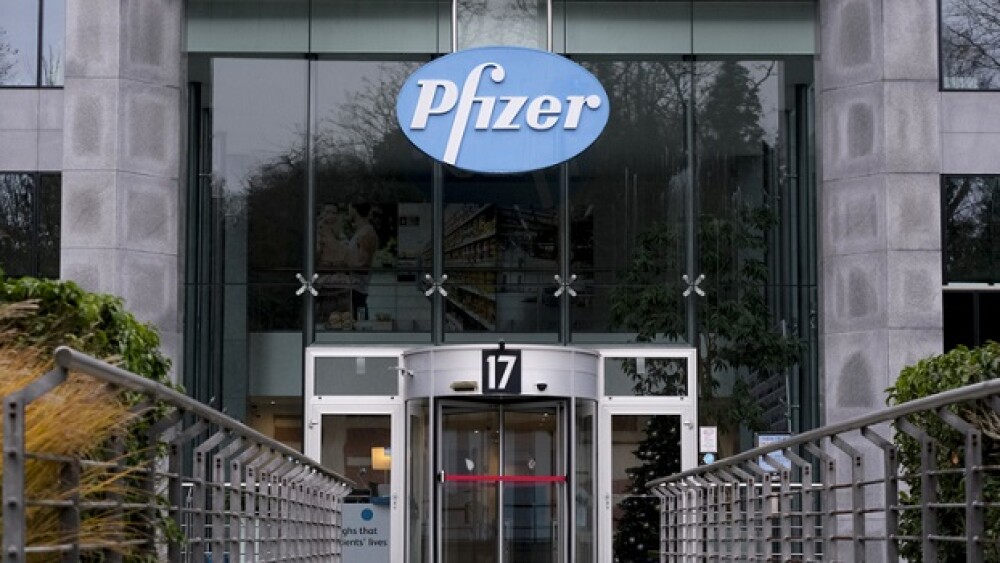In the coming 12 months, Rain expects to have an interim readout for a Phase II study of its liposarcoma therapy, milademetan, and a pivotal readout for its Phase III trial of the same compound.
Rather than target mutated p53, Rain Therapeutics is looking at normal p53 expression as part of its novel mouse double minute 2 homolog (MDM2) inhibitor therapy. In the coming 12 months, Rain expects to have an interim readout for a Phase II study of its liposarcoma therapy, called milademetan (Rain-32), and a pivotal readout for its Phase III trial of the same compound.
BioSpace caught up with Robert Doebele, M.D, Ph.D., Rain’s president, CSO and co-founder, soon after the company’s three presentations at the recent American Society of Clinical Oncology (ASCO) annual meeting.
BioSpace (BSP): What is milademetan?
Robert Doebele (RD): Milademetan is an oral, targeted, MDM2 inhibitor that we licensed from Daiichi Sankyo in the fall of 2020. This type of inhibitor is important because it can reactivate the tumor suppressor gene p53. Almost half of all cancers have lost p53 activity through mutation. In fact, it’s the most mutated gene among all cancers, because loss of p53 activity is thought to be critical for cancer formation. We’re not trying to target p53 mutant cancers, though. We’re trying to target the ones that have a normal p53 gene.
BSP: Why are you targeting cancers with normal p53?
RD: We think those are more likely to be susceptible to MDM2 inhibition because we believe MDM2 is the most critical regulator of p53 when it’s not mutated. This protein actually can get rid of p53 by degradation.
BSP: Why are you targeting well-differentiated and dedifferentiated liposarcoma (WD/DDLPS)?
RD: Dedifferentiated liposarcoma (the focus of our phase III trial) is a unique tumor that is 100% MDM2 gene-amplified and almost 100% p53 wild type, so it has the exact genetics we believe are most important for our drug to work. There aren’t a lot of tumor types that have such uniform genetics.
Additionally, both WDLPS and DDLPS have the same genetics. We believe WDLPS evolves into DDLPS as it becomes more aggressive, and they’re often found together in the same tumor. In fact, almost all dedifferentiated tumors have some component of well-differentiated tumors, which argues for relatedness. The patients don’t get two separate cancers in the same spot. They actually may be intermingled in the same tumor.
WDLPS and DDLPS are relatively resistant to chemotherapy and no targeted therapies are approved for these tumors. The two therapies that have been approved have what we believe is very modest progression-free survival, so there is an unmet need. Of the two indications, our focus is on dedifferentiated tumors because those patients more often need systemic therapy and, therefore, have a greater unmet need.
BSP: After a Phase I clinical trial, you announced progression-free survival of 7.4 months. What’s happened since then?
RD: We will have topline data in the first half of 2023 for the MANTRA study, which is a randomized, multicenter Phase III study of milademetan versus trabectedin in patients with DDLPS. It evaluates second-line or greater patients whose cancers progressed after first-line chemotherapy.
Our second trial, MANTRA-2, was launched in 2021. It is a tumor agnostic basket trial targeting the same MDM2 and p53 genetics as the MANTRA trial, but it looks across all solid tumor types. In this trial, the genetics (amenable to milademetan) may be present in a small percentage of all tumor types. We are working with commercial next-generation sequencing companies and local testing labs to identify patients who have evidence of the required genetic features.
We’re excited to think about tumors in a non-siloed way…and target them with a precision oncology strategy.
BSP: Can milademetan be used with checkpoint inhibitors?
RD: We believe that’s an interesting avenue and one that we addressed in our recent ASCO presentation. In January we announced the MANTRA-4 phase I study, which is a combination of our drug, milademetan, plus Roche’s atezolizumab (Tencentriq), an anti-programmed death ligand (anti-PD-L1) immunotherapy, in a different genetic population of patients.
Based on the known toxicity profiles of the two drugs, we do not anticipate overlapping toxicities with the combination and hence are evaluating the safety of the combination in a dose de-escalation design in which milademetan will start at the preferred dose and schedule, and atezolizumab will start at the approved dose. Preclinical data suggest that reactivation of p53 can help sensitize tumors that otherwise are not sensitive to checkpoint inhibition.
BSP: What’s next for the research?
RD: A lot of our focus now is on other indications that have MDM2 dependencies and hunting for other genetic alterations that are predictive of MDM2 dependence and may benefit from milademetan. We’re also trying to identify effective combinations of milademetan and other therapies. Better understanding of which combinations will make the most sense for this MDM2 inhibitor is one of our most active areas of research. We think it may have very exciting potential for bringing milademetan to more patients with a normal p53 gene.
We are trying to be very rational about how we develop this drug, even if that means addressing small indications at first. We want to show proof of concept that inhibiting MDM2 can really shrink tumors or otherwise lead to meaningful clinical benefit for patients. Once we do that, there is a large population of patients who may benefit from this drug.






